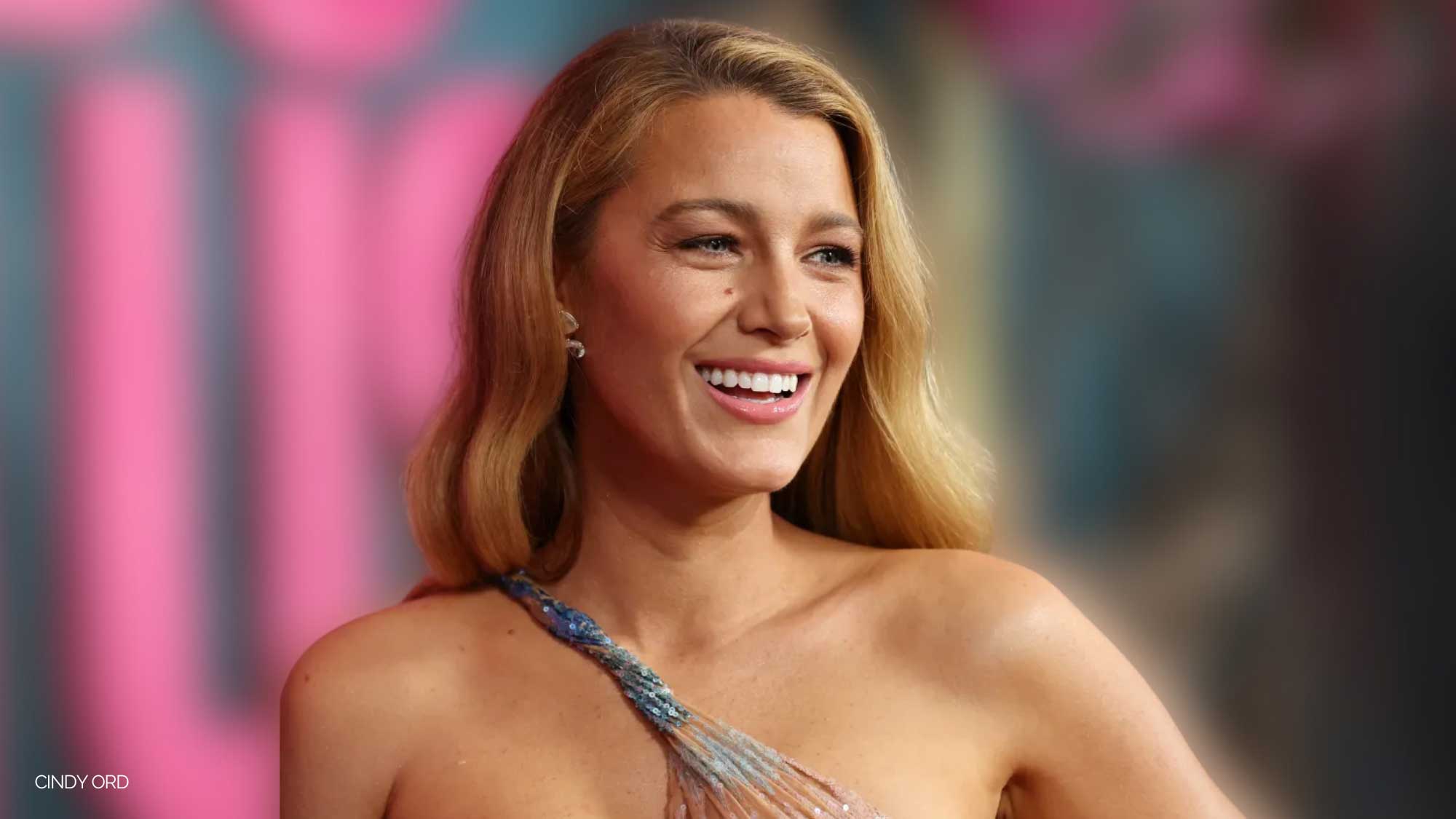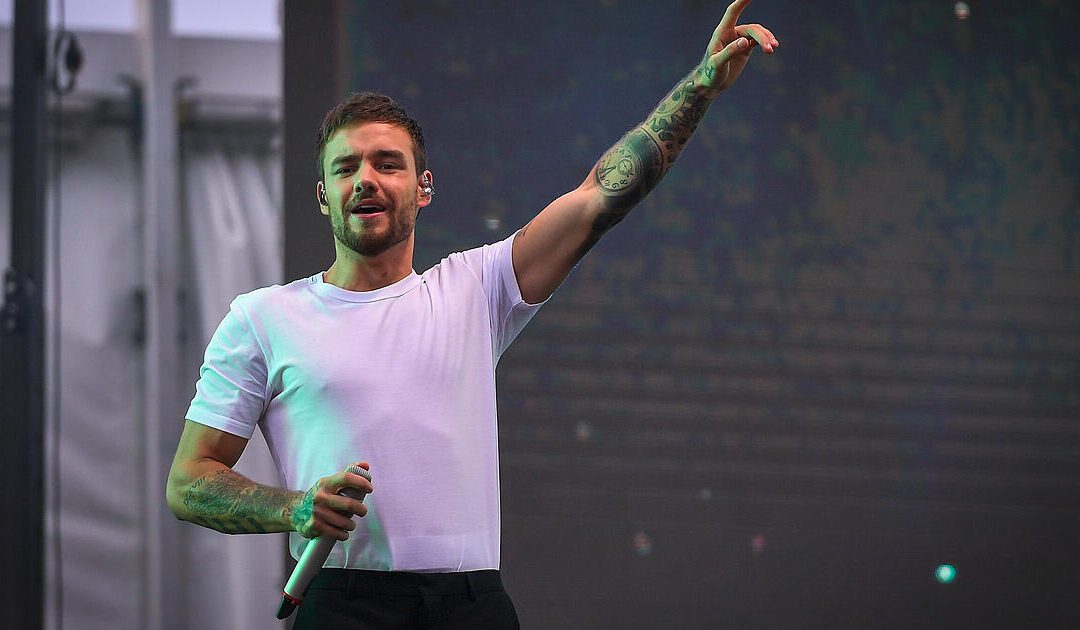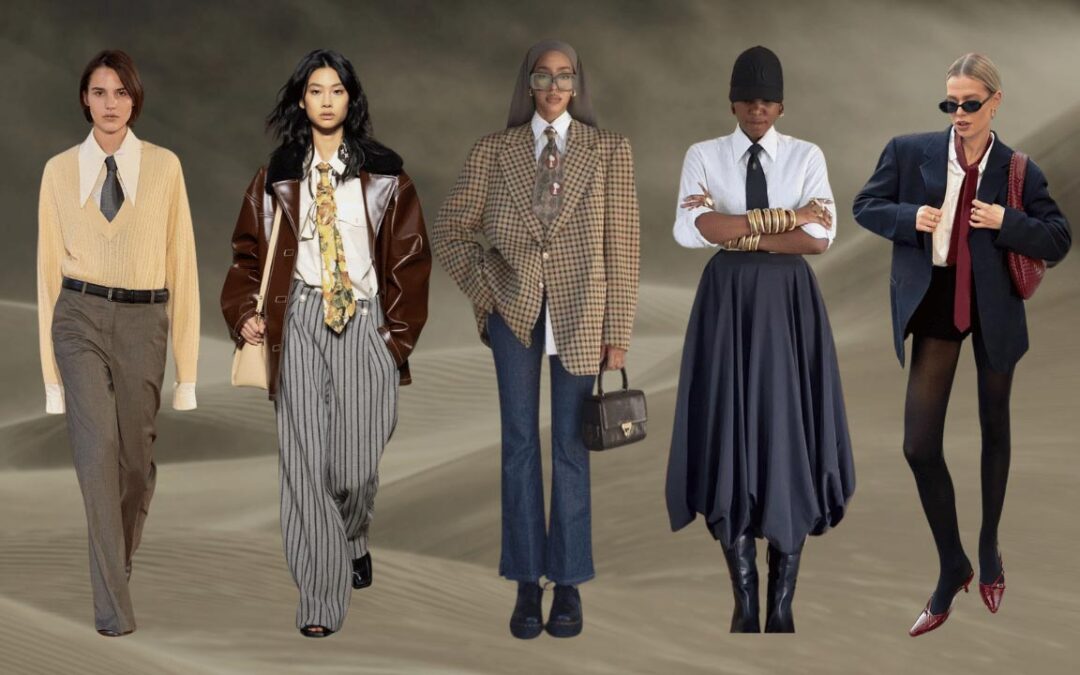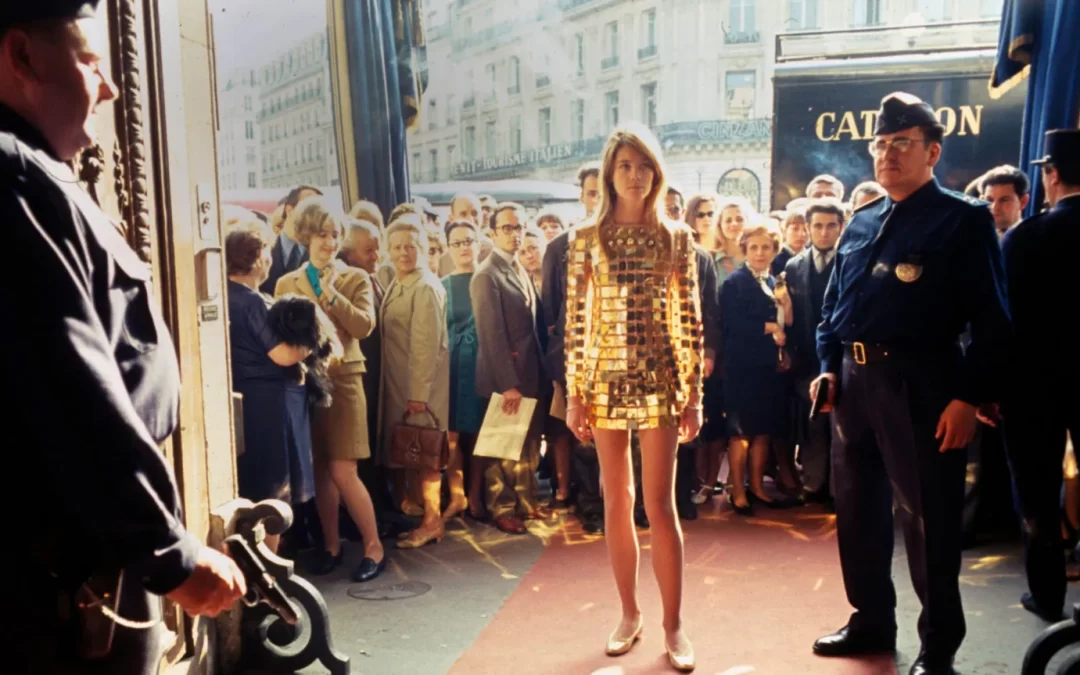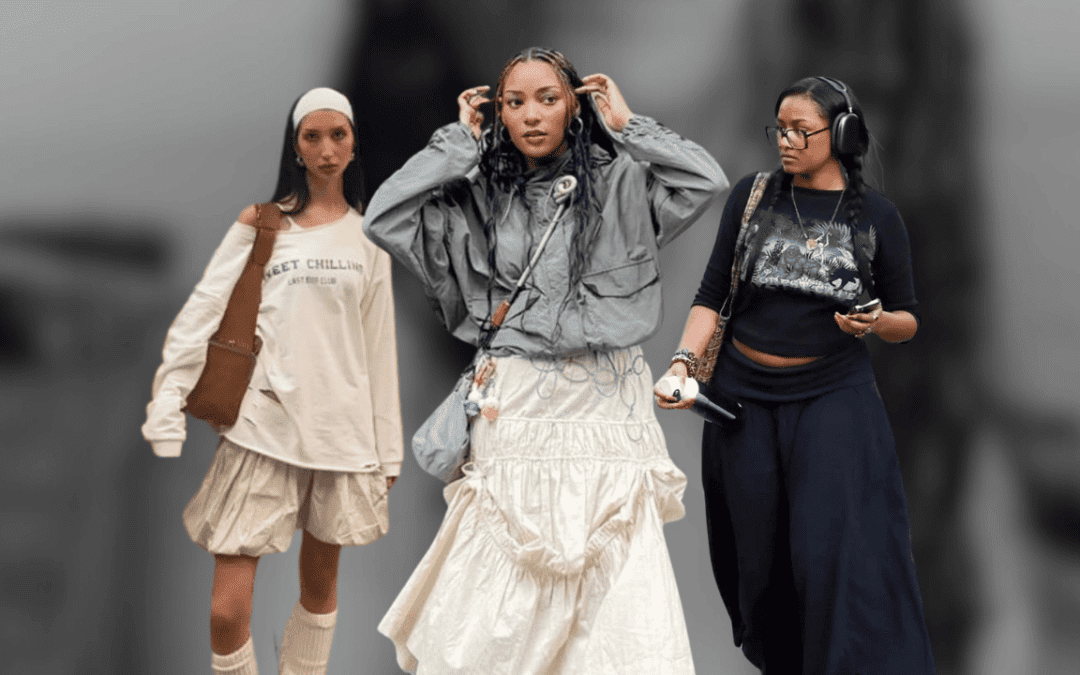“The catastrophic costume design in the movie It Ends with Us only goes to show just how important fashion is within film and TV.”
When watching a movie or a show, the costumes on screen may seem like an afterthought to some, but for anyone who understands the power of fashion, it’s clear that costume design is not just an accessory to the storytelling. It’s an essential piece to the narrative puzzle.
Fashion is a language, and in film, it speaks volumes. It tells us who a character is, what they value, and how they feel, often without a single word being spoken. Neglecting this vital element in a production risks sending mixed messages to viewers, muddling the story, or even detracting from the work all together. This issue becomes glaringly obvious in the recent movie adaptation of It Ends with Us, starring Blake Lively, where the catastrophic costume design not only clashes with the story, but also undermines the character of Lily Bloom entirely.
THE PSYCHOLOGY OF FASHION IN LIFE & FILM
Carolyn Mayor is an author and a psychologist and wrote the book The Psychology of Fashion: (The Psychology of Everything). And in her book, she dives deep into why we wear what we wear and what our clothing says about us. One thing she explains is that our clothing is an extension of the self, a physical manifestation of one’s inner world: “We cannot separate the self and identity because what we wear is an outward display of our self and our identity.”

Carolyn Mair, author of The Psychology of Fashion (The Psychology of Everything).
Fashion is a form of nonverbal communication. You can tell a lot about a person just by what they choose to wear. Our choices in attire communicate our values, our beliefs, often subliminally, and in the context of film, it becomes even more important.
THE POWER OF FASHION IN FILM & TV
On average, movies have about 90 minutes to get the audience acquainted with characters and successfully convey the message of the story. Now, because of fashion’s subjective nature–how it means different things to different people–filmmakers must be practical and universal in costume design to clearly communicate a message, even if that means going back to basics or playing into certain stereotypes.
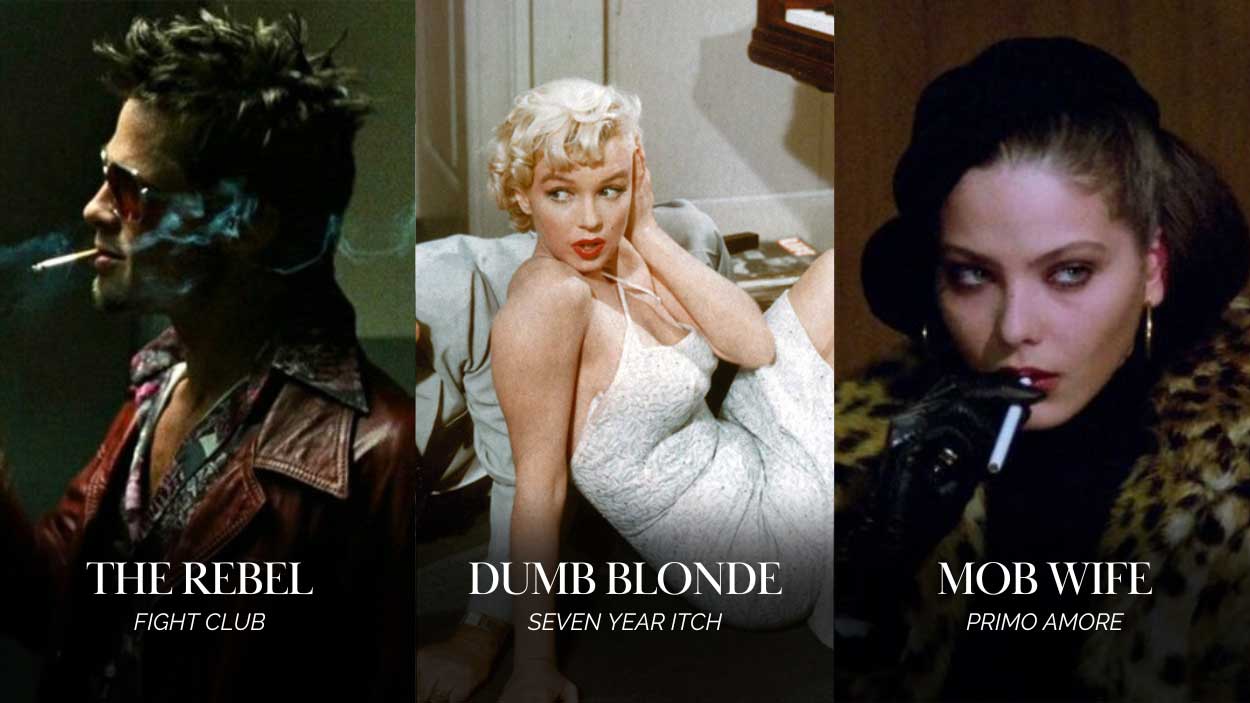
When pressed for time, and when suspending reality, they must leverage familiar and universally understood concepts. This allows filmmakers to clearly and more easily convey a message to a wide and diverse audience. The challenge in costume design is to be creative without becoming difficult to understand. This is where fashion psychology comes into play.
THE HIDDEN MEANINGS BEHIND FASHION IN FILM & TV
Filmmakers leverage the psychology of fashion in order to do this, developing characters and embedding clues about them through their wardrobe. Here are just a few creative and clever examples:
KNIVES OUT
In Knives Out, Ransom is a wealthy man from a wealthy family. And yet, he’s often depicted wearing distressed clothing and torn sweaters. This was intentional to illustrate his lack of responsibility and his disrespect toward his things and his family.
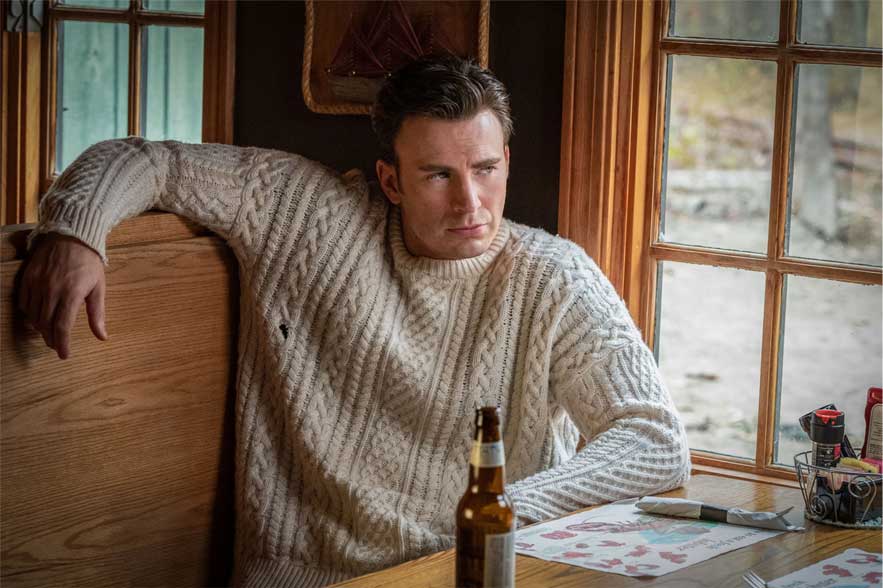
Knives Out, Lionsgate Films.
SEVERANCE
In the incredible and ingenious TV show its Severance, the neutral, plain clothing that the innies are forced to wear reflect their lack of freedom and their lack of freedom of expression. It illustrates and parallels their nature of being stripped of personality and individuality.
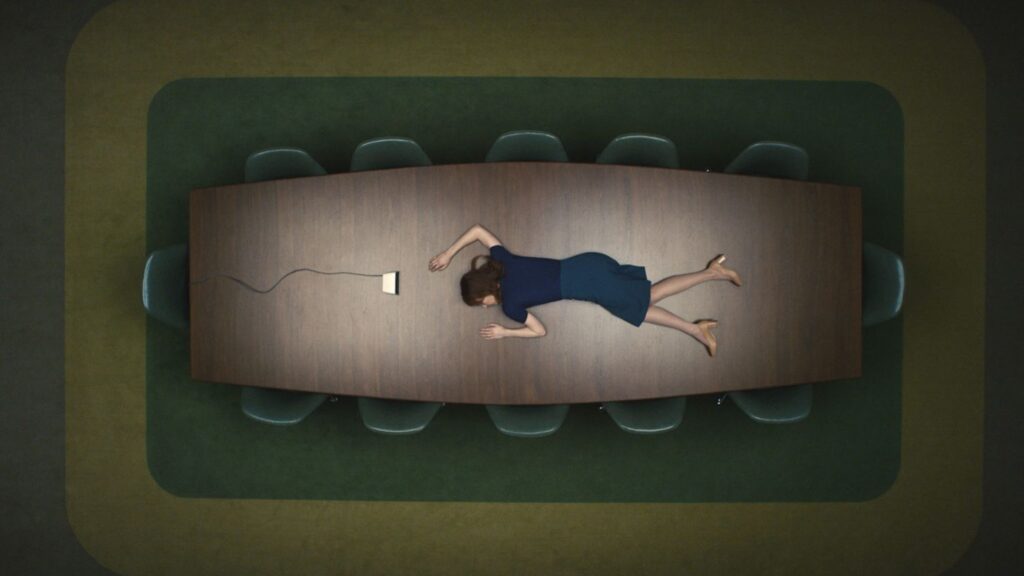
Severance, Apple TV.
THE CHRONICLES OF NARNIA
In The Lion, the Witch & the Wardrobe, the White Witch’s crown melts throughout the film. This clever detail illustrates and reflects her waning power throughout the movie.
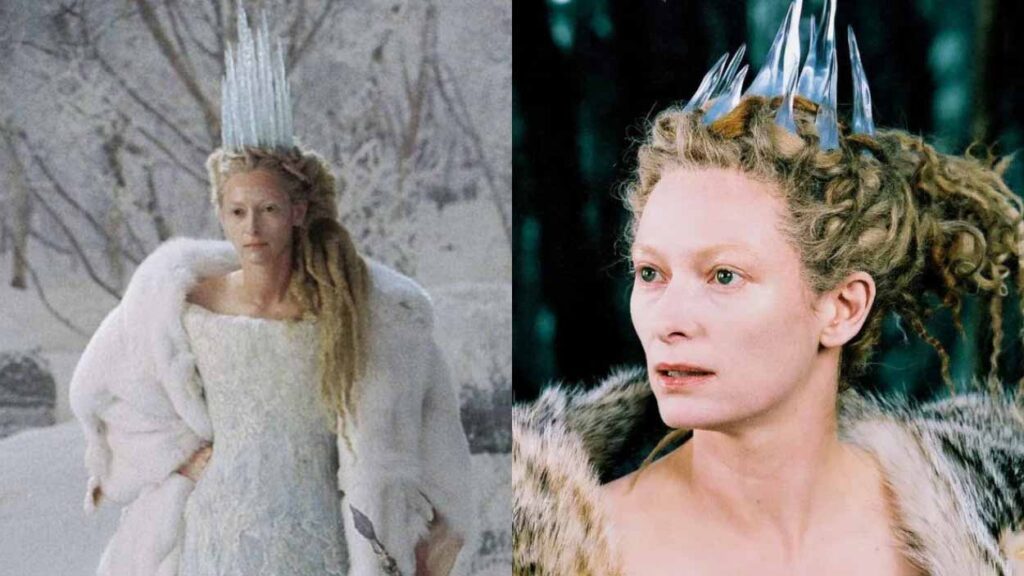
The Chronicles of Narnia, Walt Disney Pictures.
THE PSYCHOLOGY OF COLORS
Even simply the color of a character’s clothing can have significant meaning. The psychology of colors allows filmmakers to convey emotions and traits subtly but effectively.
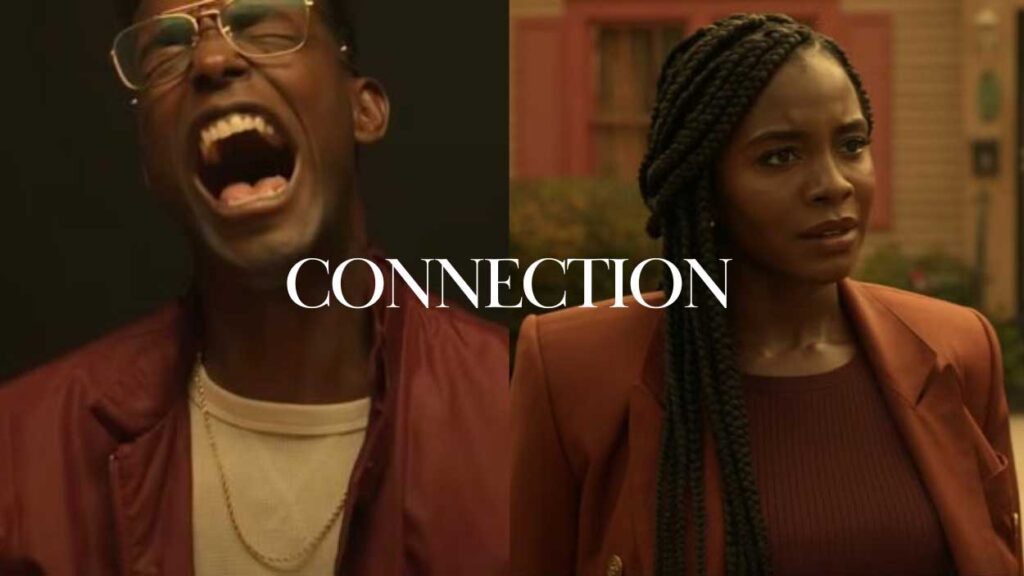
The similarities between the jackets worn by Edmund and Detective Reeve illustrate their connection. Them: The Scare
Green, for instance, is often associated with envy or agreed. Red can symbolize passion, love, or even danger, depending on the context. White represents innocence, goodness, and purity, while black often symbolizes mystery, power, darkness, or mourning.
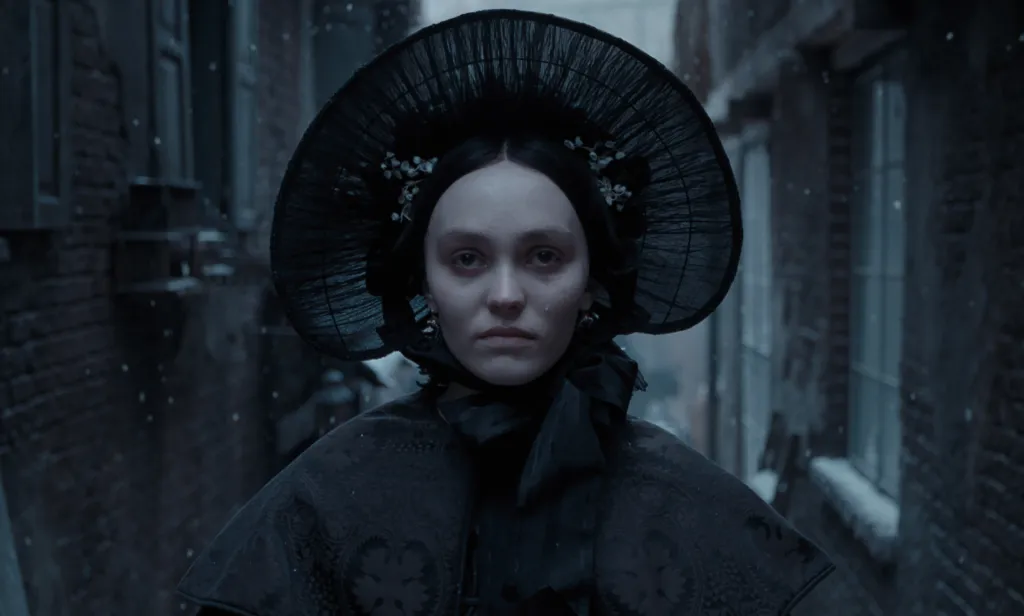
Lily Rose Depp wears a historically accurate mourning dress as Ellen Hutter in Nosferatu.
These colors are deliberate and can add layers of meaning to a character’s appearance or a scene, and evoke a certain feeling within the viewer, allowing them to understand a scene or a character better.
All of these examples go to show how costume design, when done well and right, amplifies the narrative, adding depth to characters and enhancing the viewer’s experience.
The Storytelling in Costume Design
Fashion is inherently symbolic. Every fabric, cut, and color choice is a deliberate “stroke” in the overall artwork of a film. Through clothing, filmmakers can provide insights into a character’s socioeconomic status, their mental state, and their personal journey. The symbolism in costume design helps viewers understand the story better and connect with characters on a deeper level, making their struggles, triumphs, and transformations more tangible.
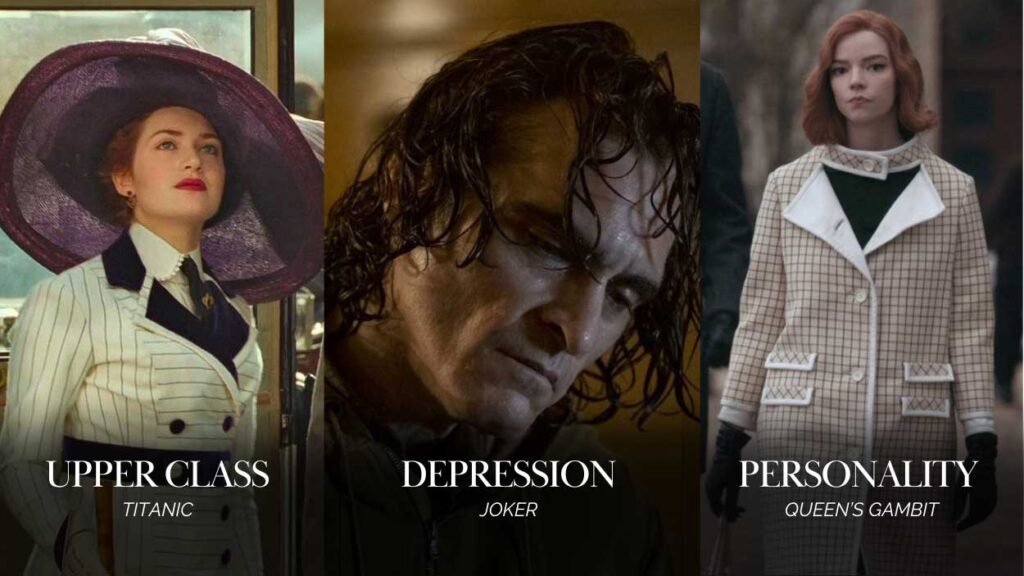
When styling a character, it is extremely important to consider all of these things and whether or not a character’s costumes are telling the right and intended story. Ignoring this layer of storytelling is akin to leaving out crucial lines or scenes in a script. It diminishes the impact of the narrative and risks alienating viewers. This brings us to the glaring issue of It Ends with Us.
LILY BLOOM’S CONFUSING WARDROBE IN IT ENDS WITH US
In It Ends with Us, the costume design for Lily Bloom, played by Blake Lively, fails spectacularly in conveying the essence of the character and the overall narrative, with many viewers expressing confusion about its messaging and its distracting nature.
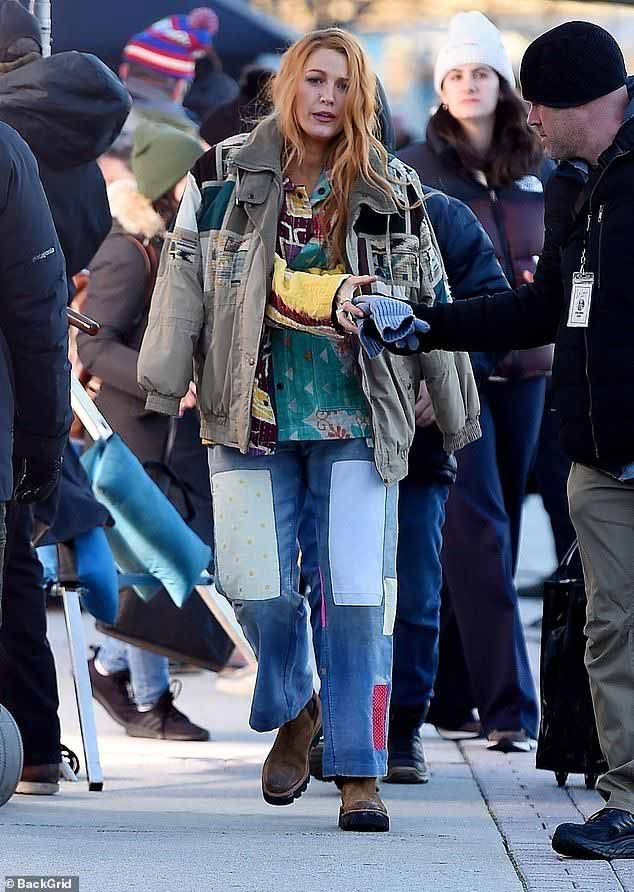
Blake Lively dressed as Lily Bloom on the set of It Ends with Us.
What’s interesting is that in the book, Colleen Hoover refers very little to Lily Bloom’s style and the clothes that she wears. She doesn’t describe how Lily likes to dress, what her kind of style is, or even if she has a signature piece of clothing that she often reaches for or that she’s known for wearing. Considering the primary subject of the book, this only seems to illustrate Hoover’s desire to leave the sensitive nature of the book and of Lily’s story at the forefront of the narrative.
LILY BLOOM’S STYLE IN THE BOOK
Lily’s clothes are only referenced a handful of times, and it’s often in passing. “I pull my jeans on in a hurry…as I’m pulling my shirt over my head”; “I crawl to the kitchen and find my pants”; “I hop down and wipe my hands across my jeans.” This is as much detail as Colleen Hoover goes into when mentioning Lily Bloom’s style.
Though these moments in the book are rare and quickly moved past, they do actually tell us about Lily and her style. She is someone who doesn’t seem to care too much about what she wears or being on trend. She comes off as very practical and what she chooses to wear. In one moment in the book, for instance, Allyssa offers her some designer maternity clothes, to which she responds, “I could never wear these…They’re all designer. I’ll get them dirty.”
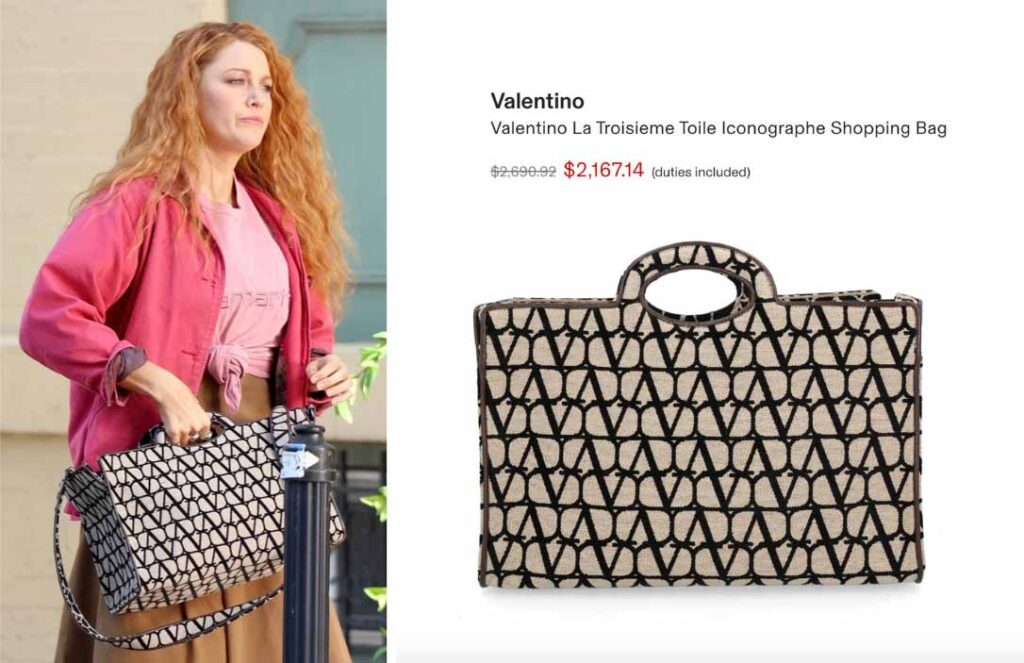
In contrast to the book, Lily Bloom in the movie is often seen carrying or wearing costly designer pieces.
Hoover does mention certain pieces of her clothes many times in passing, which for the great majority of the time are always a “shirt” and “jeans”. Once again illustrating that Lily Bloom seems to choose clothes that are practical for her lifestyle and her job.
One of the only times we ever read about her wearing a dressier outfit is when she’s attending Allyssa’s birthday party and wears a black dress. Even this, though elegant and sophisticated, illustrates her level of practicality and simplicity in her wardrobe. Black dresses are effortlessly elegant. They go with anything. They’re easy to style, and they don’t require too much thought–perfect for someone like Lily.
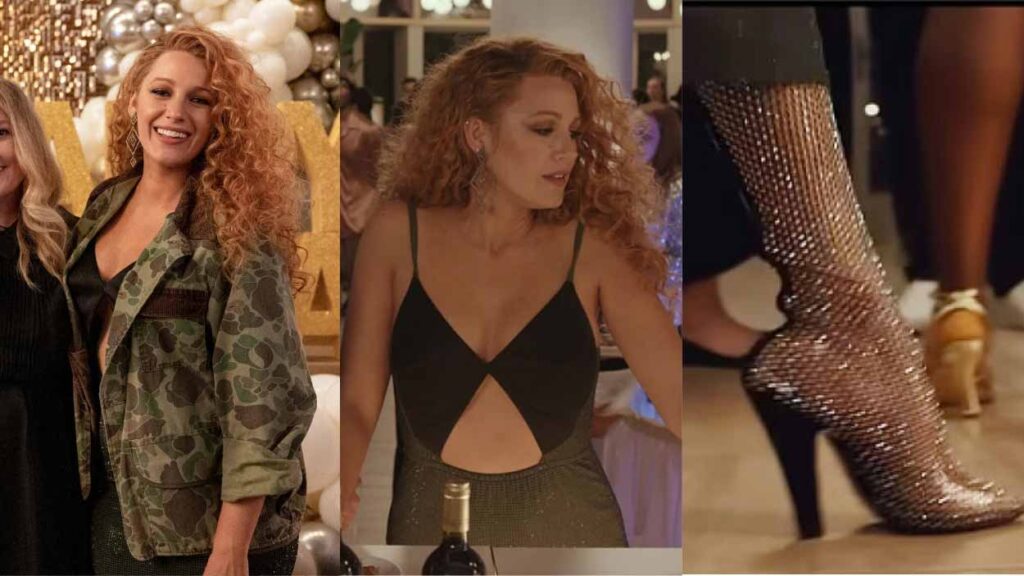
It Ends with Us movie interpretation of the same birthday party look includes a $2,295 Christopher Kane dress and a pair of Saint Laurent boots valued at over $3,000.
Now, when it comes to her overall appearance, Colleen Hoover writes more about Lily’s natural beauty than anything. Her “erratic red hair” is mentioned on multiple occasions, and in one moment of the book, Ryle talks about her pigmented lips that “don’t need any lipstick”. This paints a picture of a character whose natural beauty stands out more than anything about her, including her style.
So what we know about Lily Bloom is that she’s a natural beauty. She’s a hands on florist. This alone paints a picture of what her wardrobe would look like. Her clothes should be practical for her job, and they shouldn’t overshadow her natural beauty. However, in the film, her clothing choices feel chaotic and disconnected, clashing with Lily’s personality, her lifestyle, and the tone of the story. Rather than complementing her natural beauty and reflecting the narrative, the outfits are over the top, unpredictable, and often distracting.
DRAMA ON SET: BLAKE LIVELY & JUSTIN BALDONI FEUD
Now, of course, in recent weeks, we have become aware of what was really going on behind the scenes of the production of It Ends with Us. In a legal feud between director Justin Baldoni and Blake Lively, who play the lead roles, it has been revealed that Blake was pretty difficult to work with, often insisting on control over many aspects of the film including the wardrobe department.
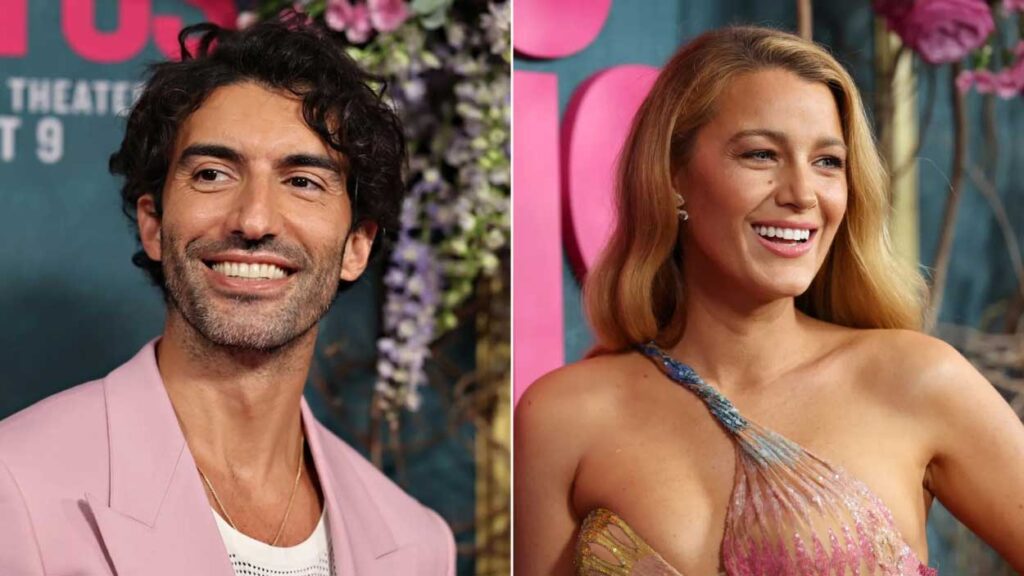
Justin Baldoni and Blake Lively at the movie premiere of It Ends with Us, August.. Photos: Cindy Ord
According to TODAY, “Lively, who was hired as an actor to play Lily Bloom in the film, allegedly insisted on control over her character’s costume before filming even began.” Justin Baldoni also included one alleged example of Blake’s behavior. He said ‘Blake insisted her character had money and could afford shoes that cost $5,000’, which led to Justin rethinking the entire script that had been worked on for well over a year and had been approved by both studios”.
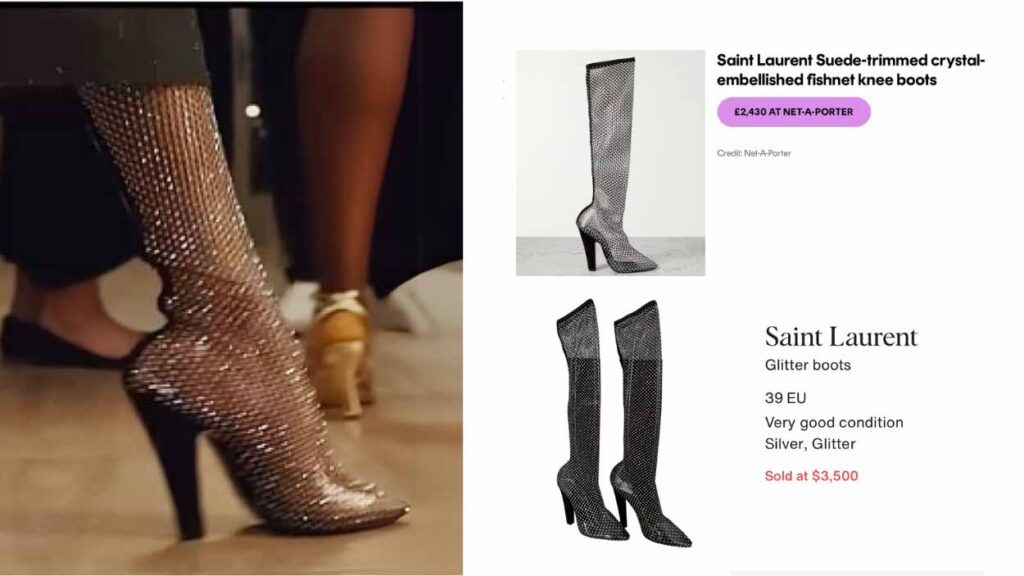
This helps us understand the disconnect a little bit because Lily Bloom’s flower shop owner character probably could not afford shoes that cost $5,000 (not to mention the rest of the designer pieces used in the film’s costume design). And it also, again, just contradicts the portrayal of Lily in the book who seems practical with her wardrobe and probably would not spend $5,000 on a pair of shoes. It doesn’t add up, so it feels off.
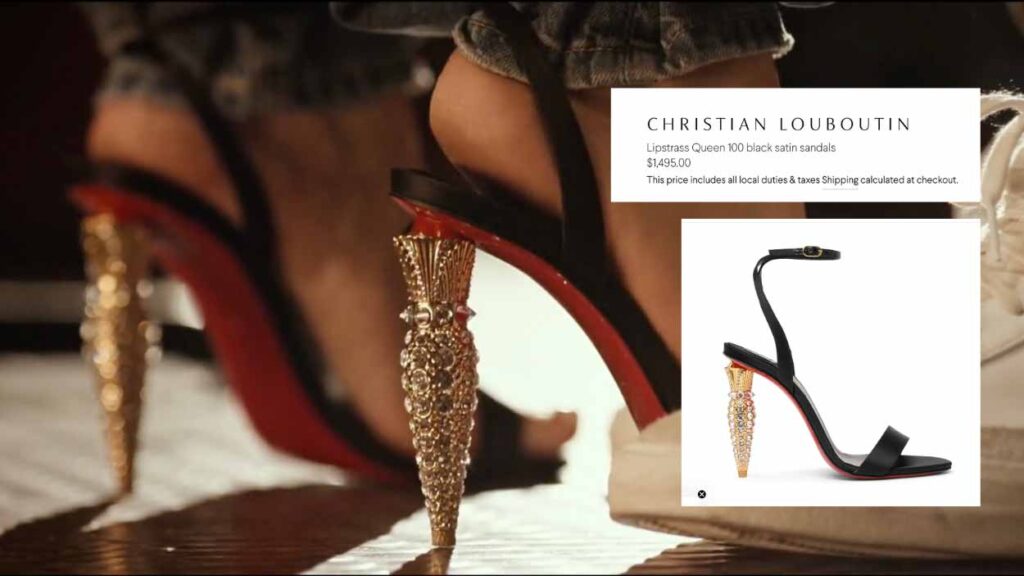
Blake Lively as Lily Bloom wearing a pair of designer Louboutin heels in a dance scene of It Ends with Us.
Possible Interpretations of it ends with us Outfits
When examining many of Lily’s outfits, there seems to be a theme with patchwork. Now, one might argue that the patchwork style of her outfits could symbolize her desire to heal from her trauma and piece together a new life.
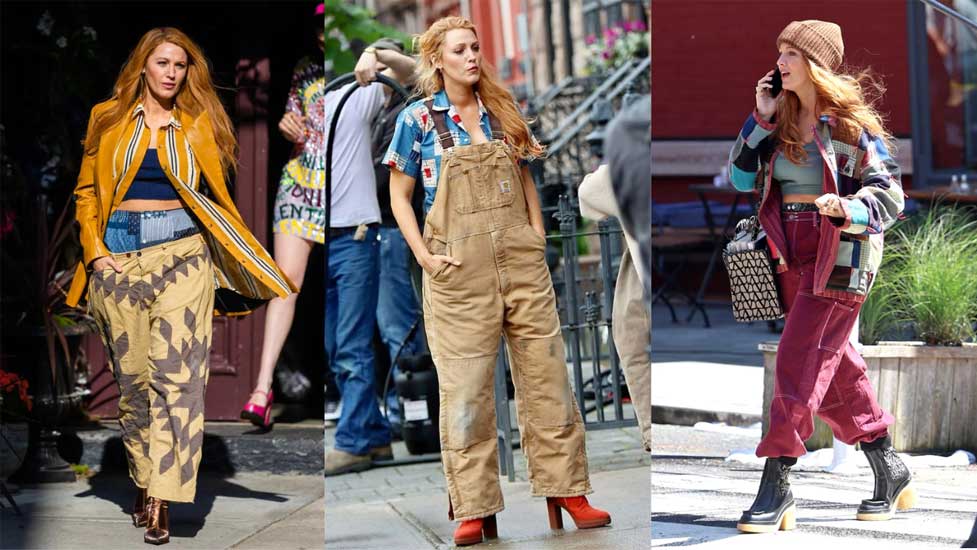
However, this was just an interpretation that we came up with when digging for an explanation as to why the costume designed looked like this. To our knowledge, this concept not been reiterated by anyone involved with the movie, so, with that in mind, this interpretation just feels unintentional. And even if it was intentional, it’s poorly executed because the outfits lack progression, failing to reflect Lily’s journey throughout the film.
For instance, if the intention was to show Lily using these chaotic outfits to hide behind and to distract others–and perhaps herself subconsciously–from the reality of her and Ryle’s relationship, we should have seen a transformation in her wardrobe throughout the film and throughout her relationship with Ryle. A great example of this kind of transformation through progression and character development is Mr. Darcy in Pride & Prejudice.
CHARACTER DEVELOPMENT REFLECTED IN COSTUME DESIGN
When we first meet him in the film, Mr. Darcy is a cold and rigid individual, character traits that are reflected in his clothing. Throughout the movie, however, as Mr. Darcy softens and falls more and more in love with Elizabeth Bennett, his clothes also begin to transform. His internal transformation is reflected in his external appearance.
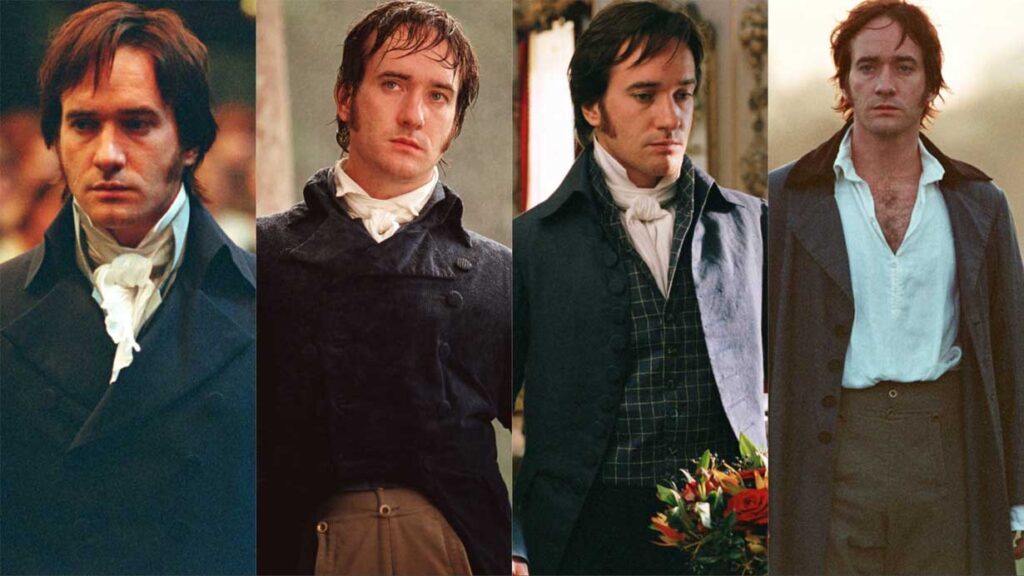
Matthew MacFayden as Mr. Darcy in Pride & Prejudice, 2005.
His clothes become less rigid, formal, and refined, and he begins to lose layers. And by the end of the film, he has lost all rigid layers, reflecting a complete loss of rigidity in his heart, especially towards Elizabeth Bennett, who, in this pivotal scene, he is making his way towards. This illustrates that he has arrived at the end of a personal journey and character arc.
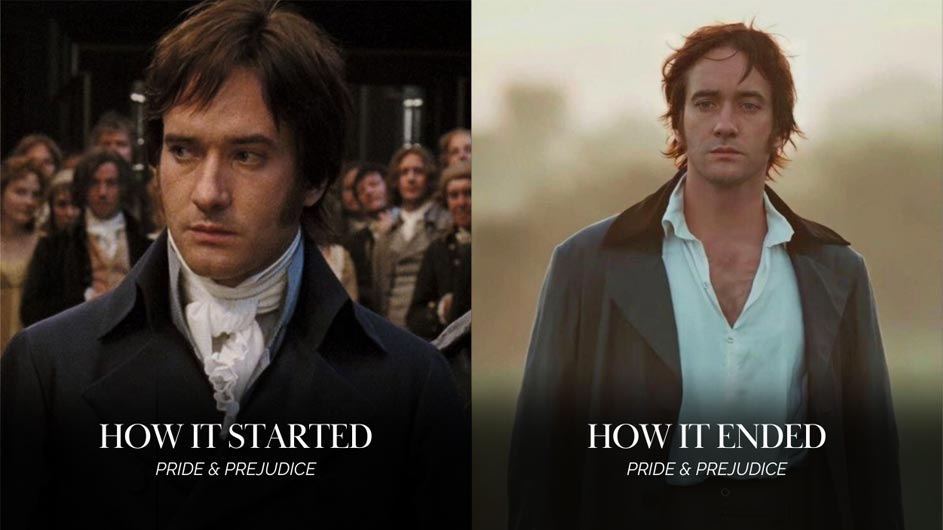
His clothes are loose, his layers are sparse, and any rigid and cold formality is completely lost here. This is a genius form of visual storytelling through costume design that just goes back to the psychology of clothing in how it reflects our internal state.
It Ends with Us could have done something similar, reflecting Lily’s transformation and journey throughout the film. But, instead, the costumes remain a confusing and distracting mess, overshadowing her story and detracting from the emotional weight of the narrative.
Possible Interpretations debunked by blake Lively
Going back to the theory of maybe Lily using these chaotic outfits to hide behind, this theory actually seems to have been debunked by Blake Lively herself in a promotional interview in which she explains that she personally uses clothing in her real life as a way to hide.
This offers us some explanation to all of this. Blake Lively, as we know, is not a costume designer, so she most likely lacks the understanding and the psychology behind clothing. After reviewing the film and interviews, it appears that she drew more inspiration from herself and her own life rather than Lily when styling her character. Of course, it recent weeks it has been revealed that Blake Lively did not read the book, so she did not have an understanding of who Lily was written and created to be.

Streetstyle shots of Blake Lively in 2017 and 2018 wearing outfits that are visibly similar to Lily Bloom’s style in the movie.
Now, it goes without saying that when adapting a pre-existing work of art, it’s quite important to stay true to the characters. Truthfully, it doesn’t even make sense to rewrite a character that has already been created and written from nothing. When writing a novel, authors frame their characters and the rest of their books around each other. Many elements of a novel influence and depend on the characters, and the characters often depend and are influenced by many other elements. Rewriting a character or simply a part of a character has the potential to disrupt and even derail a narrative (this article about writing and developing characters touches on this).
This idea was actually even reiterated by Justin Baldoni himself in a quote that we referenced earlier: “He included one alleged example of Blake’s behavior. He said ‘Blake insisted her character had money and could afford shoes that cost $5,000’, which led to Justin rethinking the entire script that had been worked on for well over a year and had been approved by both studios.”
At this point, the character of Lily Bloom had been already been written and adapted for the movie. In doing so, she had been carefully considered, so her costume design had most likely also been carefully considered. Lively coming in and insisting that her character did in fact have money and could afford such expensive clothing did seem to disrupt the narrative in the end. This just shows how important every element of a character is, including their personal style. It is just one important stroke in an overall piece of art.
a cautionary tale for costume design
This entire misstep of costume design in this movie only goes to show the importance of professional costume designers who understand the psychology of clothing and its role in storytelling. Even more so, it highlights the importance of collaboration between costume designers and directors, producers and writers. It is not normal for costume designers to not work closely with directors, producers or writers. Furthermore, it is certainly not normal for an actor to step into that position and assume control over it–again, without close collaboration with a director, producer or writer.
Justin Baldoni has also touched on this following the release of It Ends with Us saying, “while lead actors are sometimes granted approval over the general look of their onscreen character, this authority typically does not include full control over wardrobe decisions without input from the director and producers. Nevertheless, Blake overstepped these boundaries, sidelining the production’s costume designer, a seasoned professional with a long standing working relationship with Blake.”
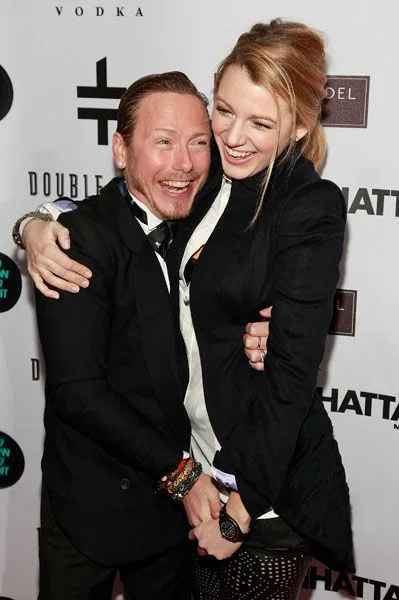
Costume designer Eric Daman with Blake Lively during Gossip Girl.
Based on the complaints, it appears that Blake leveraged the fact that she had a closer relationship with this costume designer to gain more control over what her character was wearing. But this is, again, not normal. It crosses lines and boundaries that are in place for a reason, and it risks derailing the story, which, unfortunately, we seemed to have witnessed.
Imagining a Different It Ends with Us
If the costume design had been left to the professionals, the costume designer would have considered how Lily’s wardrobe could evolve alongside her character, using fashion as a tool to reflect her growth and transformation throughout the story.
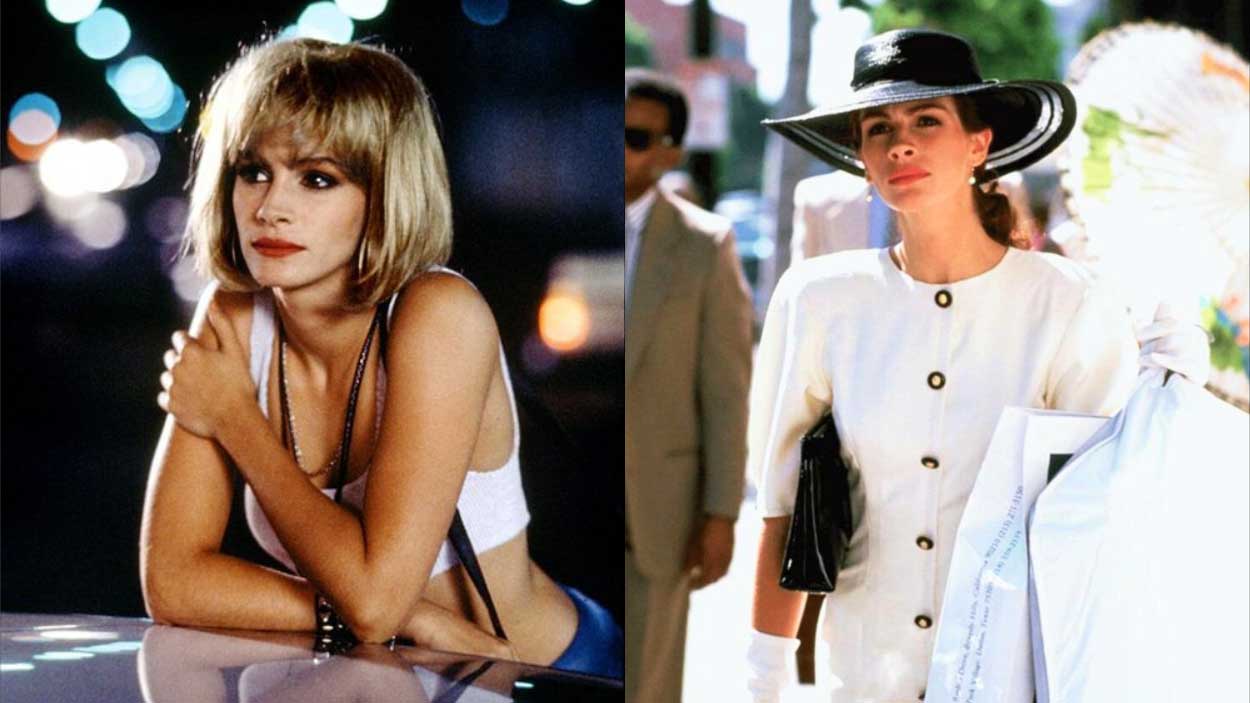
Vivian’s transformation in Pretty Woman.
Blake Lively’s own beauty and figure also would have been considered in order to create looks at fit Lily’s character and personality but also complemented Blake.
This is extremely important in film and TV; although it is not about the actor and in fact, the character, it is important to consider the actor or actress that the character is being portrayed by. The reason being that if they don’t all blend together seamlessly, it makes the character unbelievable, inauthentic and unrealistic, making it difficult for viewers to believe the storyline and connect with it.
Instead, It Ends with Us leaves the audience with outfits that distract and confuse, making it difficult for viewers to connect with the story of Lily Bloom.
It Ends with costume design–the make or break factor
Costume design is not just about aesthetics, it’s about creating a visual language that complements a narrative and deepen the audience’s understanding of the characters. Fashion communicates values, beliefs, cultures. It’s political. It’s personal. It is an extension of the self–and in film, it is highly symbolic.
The failure of costume design in It Ends with Us serves as a cautionary tale and reminder of the importance of fashion within film. When costume design is treated as an afterthought or handed off to someone who does not understand the psychology of fashion or the importance of its role within film, it diminishes the impact of the story and risks alienating viewers, which is something that we unfortunately witnessed with this movie. It serves as a reminder that every detail matters in the creation of art, and fashion’s role in storytelling should never be underestimated.

